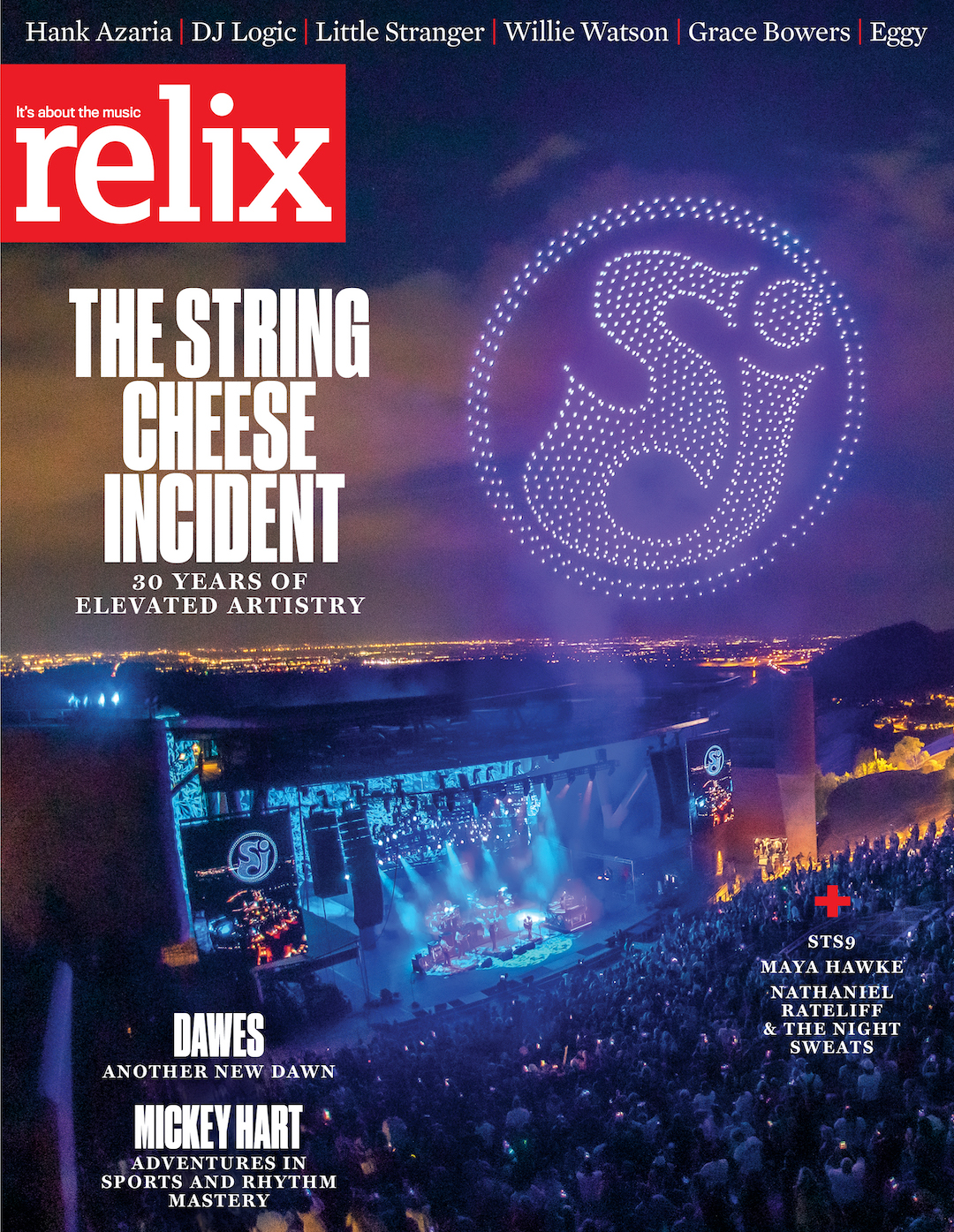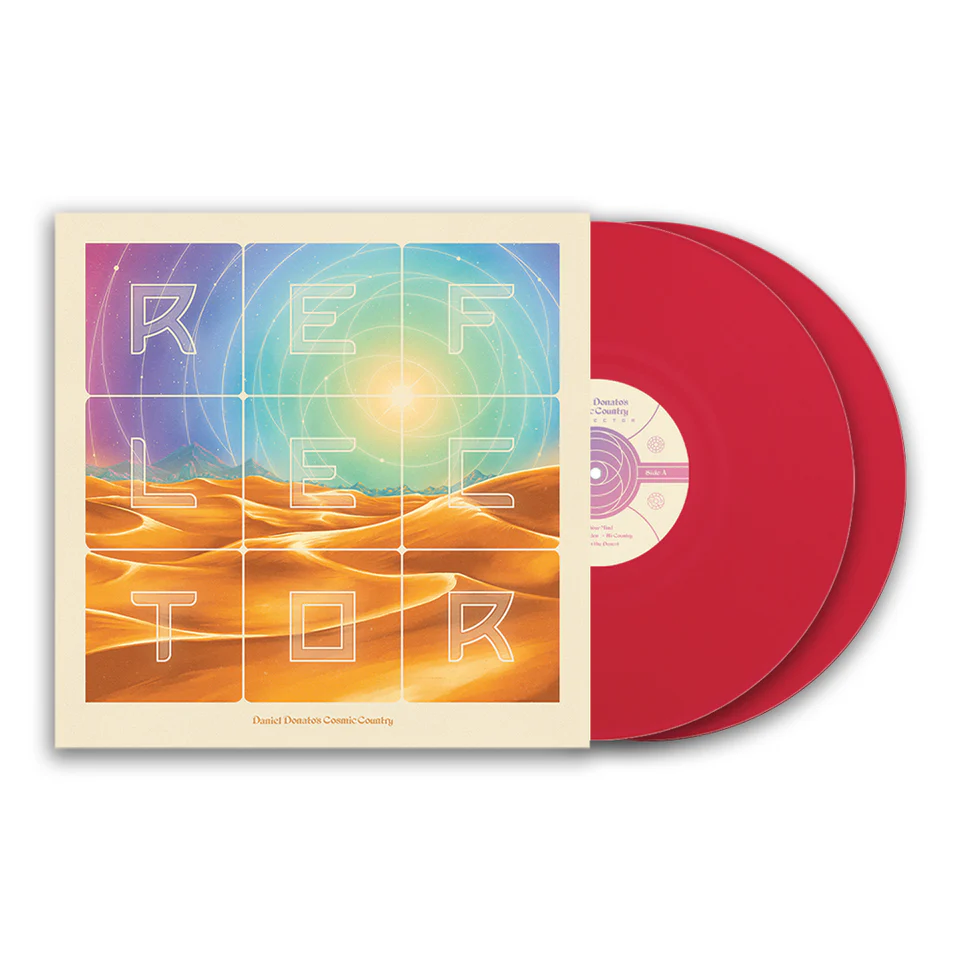Parting Shots: Regina Spektor

It’s a rainy Tuesday morning and Regina Spektor is at home in New York, gearing up for the release of her seventh record, Remember Us to Life. The misty weather is a fitting backdrop for Spektor’s latest full-length LP, which finds the 36-year-old singer-songwriter balancing her lyrical, piano-based indie-pop with string flourishes and some of the darkest textures of her career. Though Spektor isn’t a stranger to the album roll-out process, it’s been a few years since she was fully in the belly of the beast.
“It doesn’t feel like I took that long of a break,” Spektor admits, tracing her busy schedule since 2012’s What We Saw From the Cheap Seats. “That record came out four years ago, but I toured behind it for a few years.”
But she’s also quick to admit that a lot has changed during the past four years. In July 2013, she scored a fervent new audience when she provided the infectious theme song for the Netflix smash Orange Is the New Black and, eight months later, Spektor and her husband, former Moldy Peaches guitarist Jack Dishel, welcomed their first child. (Her list of collaborations is certainly diverse: Before Remember Us to Life’s release, she also contributed to an early version of Chance the Rapper’s “Same Drugs.” Though her vocals ended up on the cutting room floor, the hip-hop festival-favorite tweeted: “Not using this may be my biggest mistake.”)
“It was an incredible influence and inspiration,” Spektor says of becoming a mother. “I’m not able to fully express it, but I feel it.”
Remember Us to Life is far from a diary entry about her family, but the 11-song collection was shaped by her recent experiences and new perspectives. In the past, Spektor has stockpiled songs and sorted through them when she was ready to sculpt a new album. However, this time, all of the album’s numbers were written during a finite period, beginning with the hushed piano ballad “Obsolete.” “It definitely set the tone for experimenting with piano sounds and live processing,” Spektor says, “and also just the vibe of the record.”
Spektor’s music has always had the ability to balance personal vignettes with more universal reflections in a truly unconventional way. She was born into a Russian Jewish family during the Soviet Union’s final years and fled Moscow for New York in 1989, at the tender age of nine. Her family planted roots in the Bronx, where Spektor was able to practice her religion freely and explore the city’s cultural melting pot with a unique perspective. She continued to study piano and eventually settled into the anti-folk scene that developed at Lower East Side Manhattan clubs like SideWalk Café around the new Millennium. Though Spektor’s early self-released records were more jazzy, her 2004 major-label debut, Soviet Kitsch, and her polished, true breakthrough, 2006’s Begin to Hope, laid out the blueprint for her quirky pop twists. From the start, she’s had the ability to evoke honesty and introspection without veering into conventional coffee-shop balladry.
Between tours with acts like The Strokes and Kings of Leon, which aligned her equally with indie-rockers and more nuanced songwriters, Spektor continued to release a steady stream of critically acclaimed albums. She even made a fan out of Trey Anastasio, who asked to have lunch with her in New York a few years ago. “He invited me to see them at The Forum [in Los Angeles]— I felt kind of guilty getting to go backstage at The Forum at my first Phish show when all these huge Phish fans were there,” Spektor says, referring to a picture she took with the Phish guitarist at a 2015 performance that went viral. “We talked about songwriting and, hopefully, we can do something together in the future.”
Given her music’s oftentheatrical feel and lush piano soundscapes, it isn’t surprising that Spektor’s songs have been featured in a number of popular television shows over the past decade, including How I Met Your Mother and Girls. And Spektor reached her biggest mainstream audience three years ago when Jenji Kohan commissioned her to write the theme song for Orange Is the New Black, “You’ve Got Time” —an extended, pulsating rocker that sets the tone for the program as gritty images of partially faceless prisoners flash by. Kohan and Spektor shared a mutual admiration before the project; the singer had even covered the theme for another one of the showrunner’s cult hits, Weeds. In order to capture a show still in production, Spektor says she watched rough edits of the episodes.
“The initial idea for the song came from a conversation with Jenji and her recounting a few stories from the show,” she says. “However, I actually got to watch all the episodes of season one in full, as they were uploaded after being filmed and edited, in order to complete the song. So the whole season worked as inspiration for the song and the vibe.”
After taking a break from writing during her pregnancy, Spektor started in on Remember Us to Life with producer and multi-instrumentalist Leo Abrahams, who is best known for his work with Brian Eno. Remember Us to Life, whose title is taken from a prayer traditionally recited during the Jewish High Holiday period, is a collection of individual snapshots that jump from the ‘80s-inspired, lightly beat-driven “Bleeding Heart” to the brooding, pounding “The Trapper and the Furrier” to the airy, morning meditation “The Light” and the intimate story-song “Sellers of Flowers,” which looks back on Spektor’s own youth. Yet the album’s myriad songs are tied together by their use of string arrangements.
“I have always loved experimenting with strings and having them as part of my live shows in different configurations but, with these songs, I wanted to experiment more with arranging in different ways,” she says, summing up her varied approach. “We experimented with arranging for layered strings, for trios and quartets. We worked with an experimental cellist who specialized in getting unique tones and sounds out of her instrument, with upright bass, and even had one of our minimalist arrangements arranged by a British composer for a full orchestra. There were samples and synth strings, too. It was an attempt to make strings speak in many different ways and to express what was right for each song.”



















